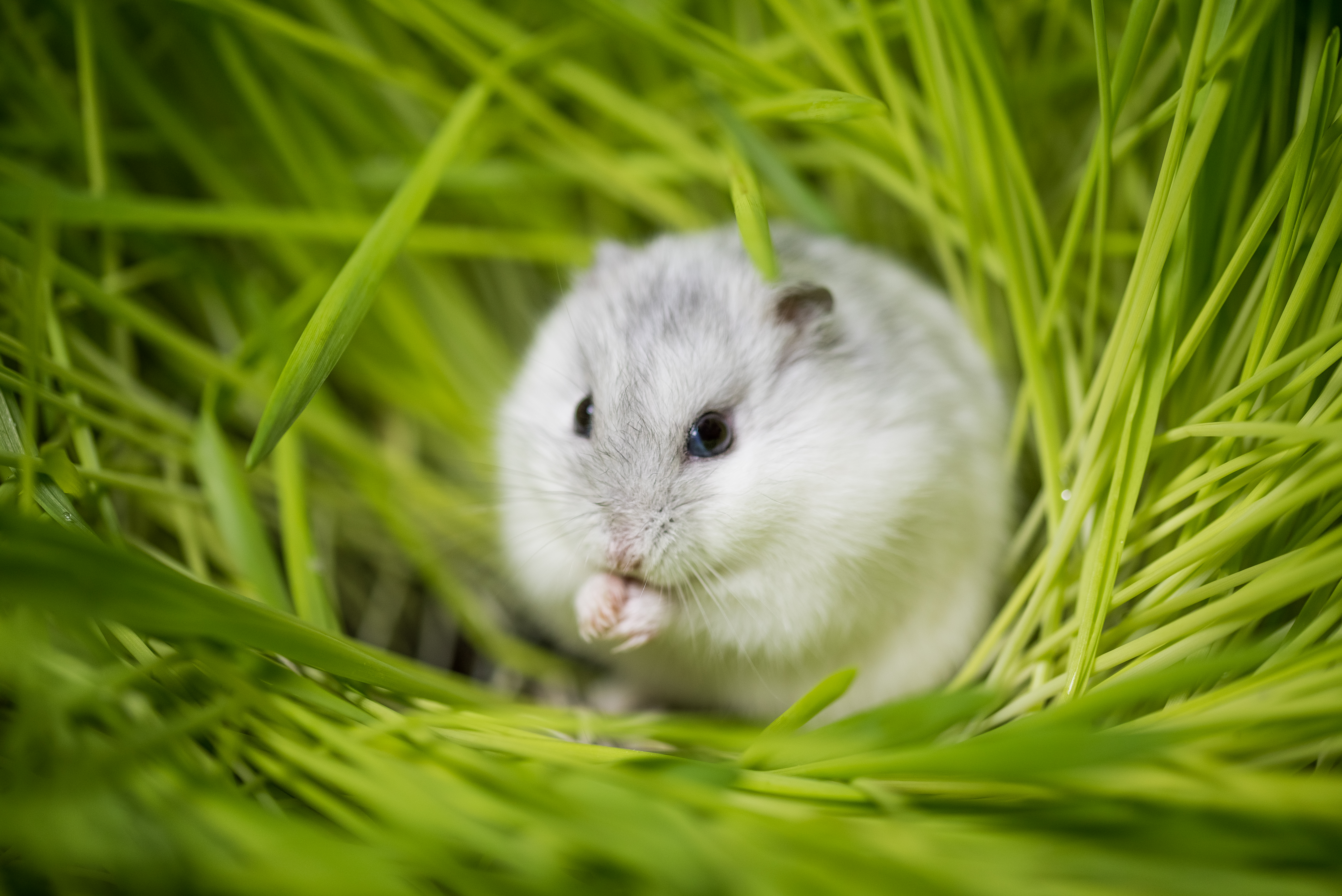Small mammal ownership and sustainability

Exploring eco-friendly ways of keeping rodents and rabbits based on the industry’s new, green solutions.
Safe and natural
Nowadays, it is possible to take care of small mammals in a sustainable way, thanks to the new green solutions provided by the pet industry. The key is to provide safe and natural materials for the habitat, accessories and bedding, and to offer a premium natural food that respects the needs of each species.
Consider the habitat
First, the habitat has to be considered carefully. The goal is to mimic the natural habitat in the wild as closely as possible. For small digging rodents such as hamsters and gerbils, a glass terrarium is perfect because it allows a very thick layer of bedding. Examples include the Living World Green Eco Habitat with its wooden frame and wheels, or the Skyline Marrakech terrarium. Natural wooden enclosures are the safest way of keeping rabbits and guinea pigs. It is important to offer a lot of space, especially for rabbits, allowing them to move around as they would do in nature. There are numerous products available on the market, like the Outback line and the Trixie Natura enclosures.
The right materials for accessories
When it comes to accessories, it is best to avoid plastic, which is known to be toxic in the long run. Alternatives include ceramic plates or bowls (for example, by Zolux, Trixie or Living World) and glass drinking bottles (from Living World or Rongis). In an advance on wooden shelters, specialised brands like Kerbl, Oxbow, Living World and Trixie have now developed a whole range of houses, domes and tunnels made entirely of dried hay or herbs. They are 100% safe and non-toxic, and hence completely edible. Even hamster or mice wheels can be made of natural materials, such as the wooden RodyPlay wheel by Zolux. Organic chewable toys are also totally safe, like the Timothy Carrot by Oxbow or the rattan balls by Rosewood.
Non-toxic bedding
Instead of pine wood shavings made with a toxic resin, many brands now offer eco-friendly bedding, such as the cellulose bedding in the Carefresh line which is safe, dust-free, non-toxic, 100% natural and recyclable. It is also very soft to allow small rodents to burrow. Safebed offers bedding with similar properties made of recycled paper. Hemp bedding is also very trendy, but not as absorbent as cellulose or paper.
Food for thought
Food for small mammals should ideally be 100% natural and without additives, artificial colourings, aromas or preservatives. Some brands have actually achieved that, like Oxbow and its Essential line of pellets for rabbits and rodents. The food must also be adapted to each species. For instance, small herbivores such as rabbits, guinea pigs and chinchillas should not eat grain. Supreme Science’s Selective Natural line of grain-free pellets is made from timothy hay, and Hamiform’s Friandise Gourmande line even offers 100% natural, additive-free treats made from a mix of plants and herbs.